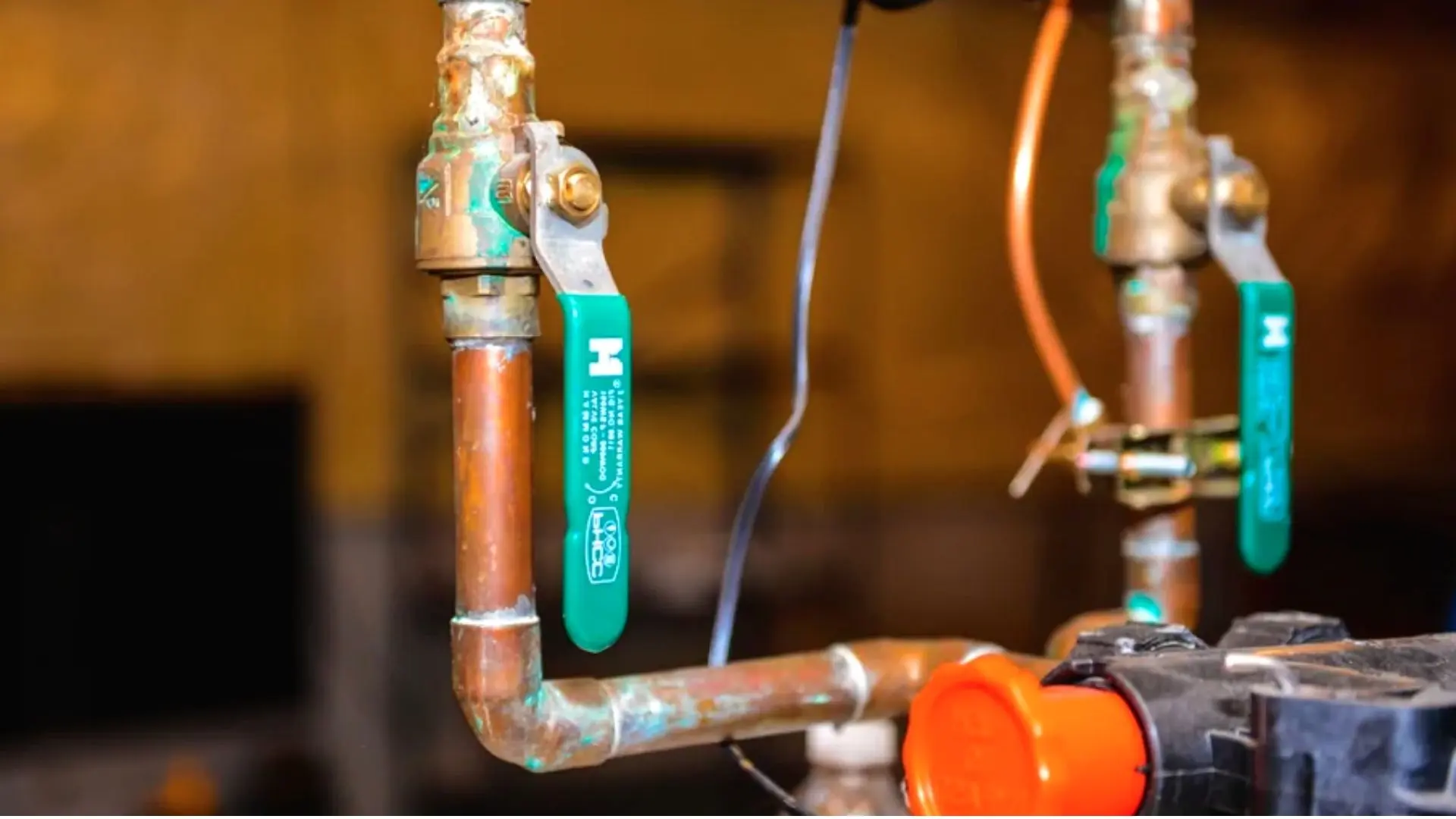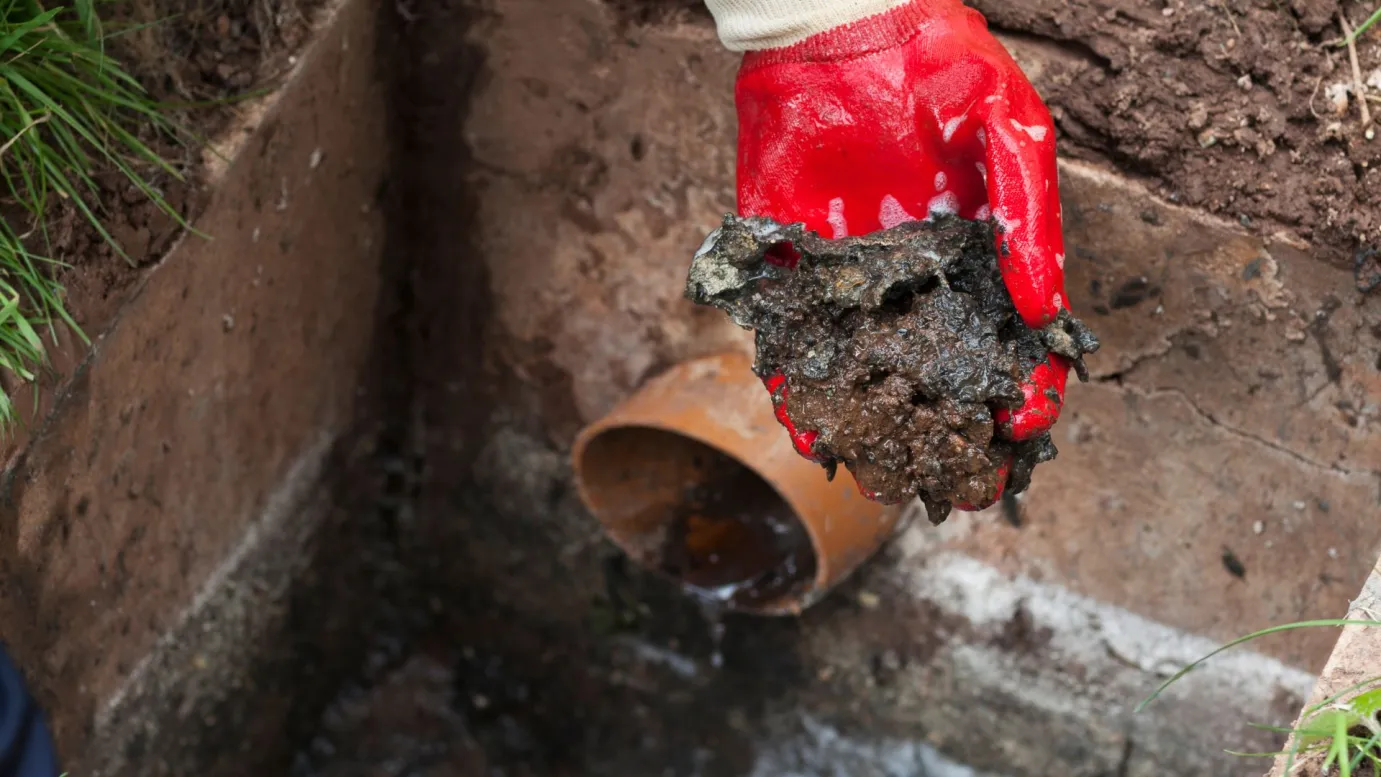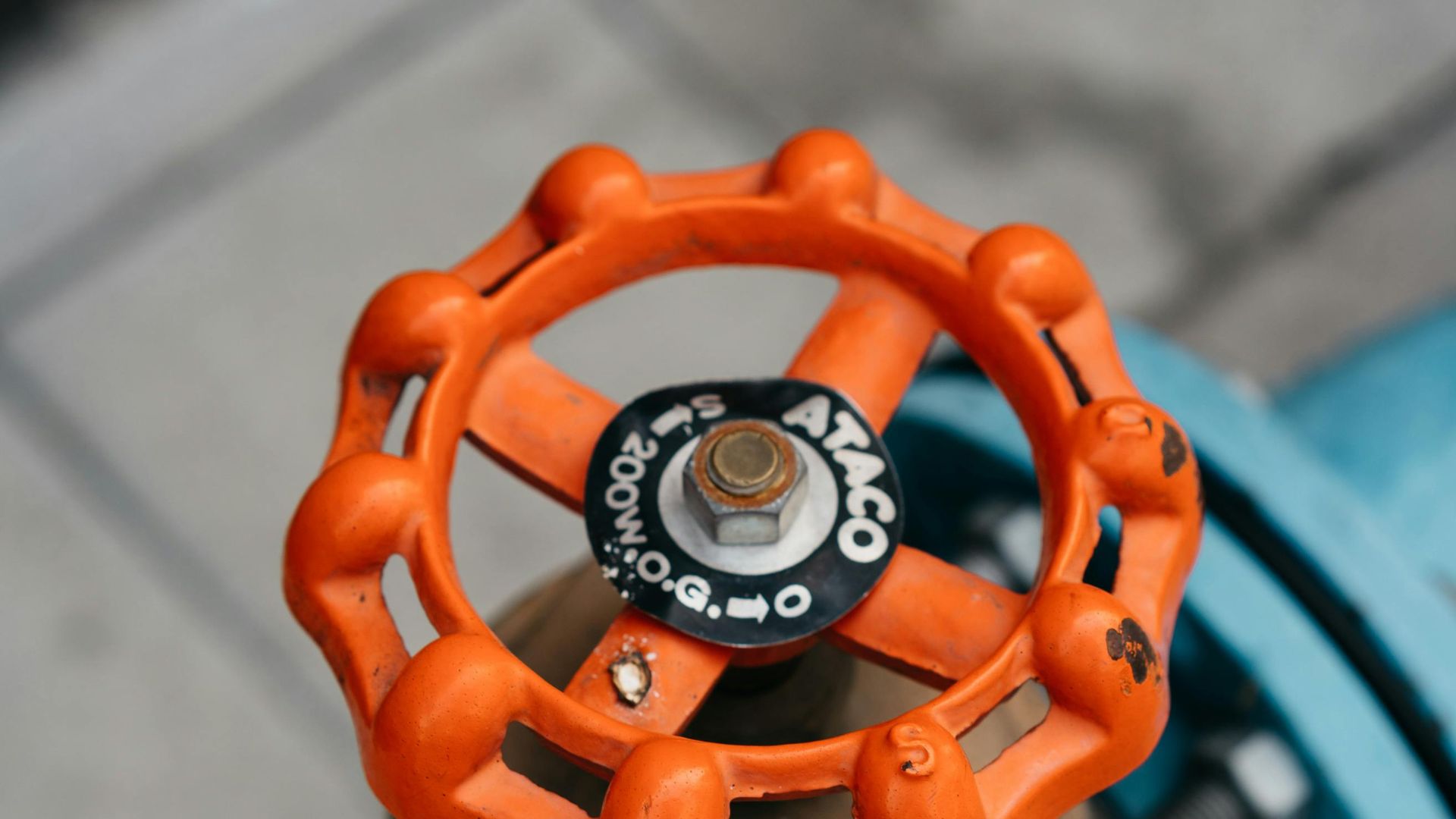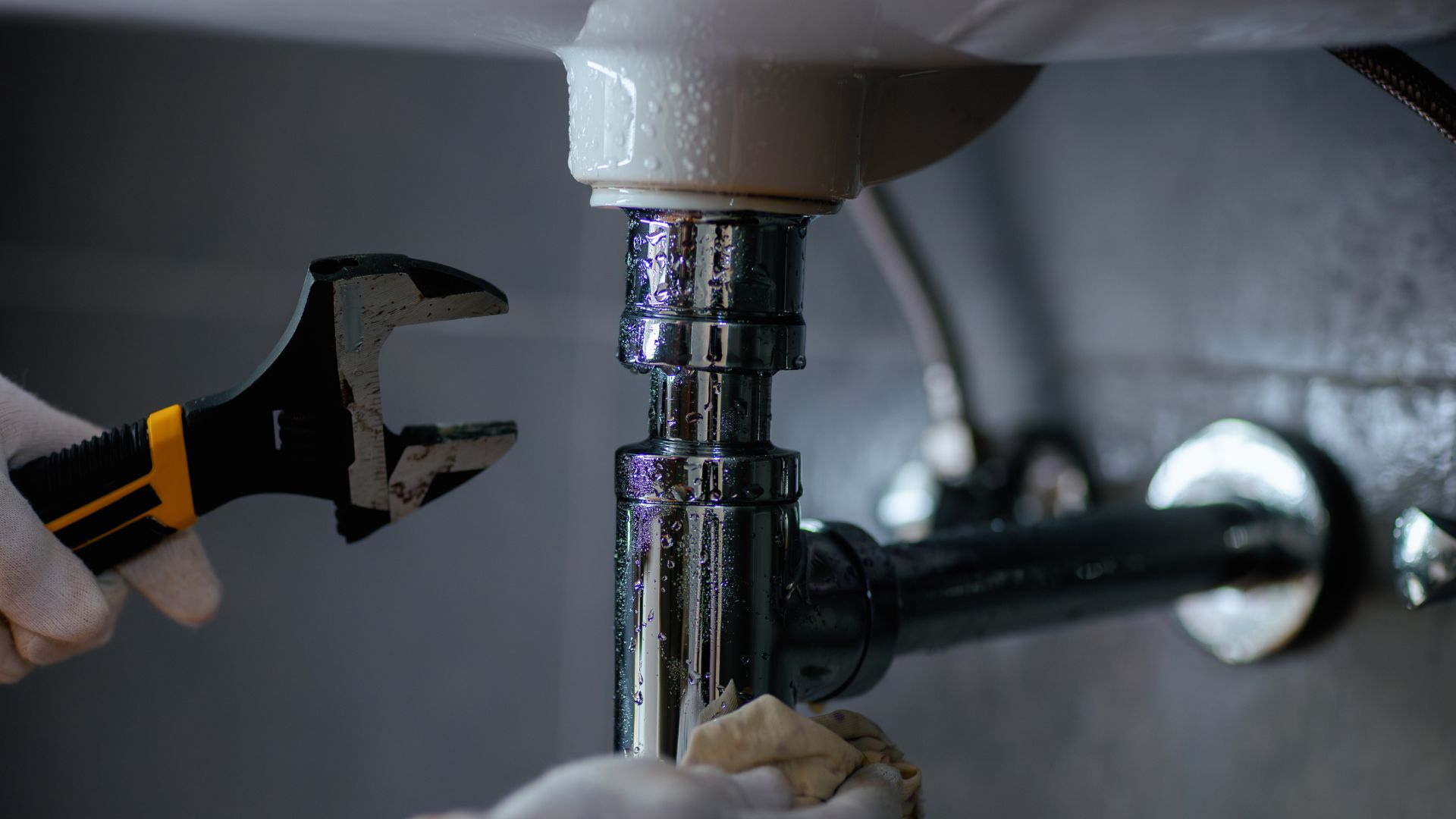Isn’t it frustrating when there is insufficient water pressure in the shower to wash the soap from your eyes?
You tiptoe cautiously out of the shower to avoid slips, eager to complain to your water supplier. Yet, if they’re not at fault, you may be facing a significant plumbing problem.
We have shortlisted the main reasons for low water pressure, pointing out the quickly solvable issues from those that require professional help.
Common Causes Of Low Water Pressure
1. Water Metre Valve
When water just trickles out of your tap, the first thing to check is your water metre valve. Most systems have two shut-off valves, and the water metre valve is typically one of them.
It’s beside the main supply pipe, providing water from the city to your home. In most cases, people have no use for the water metre valve since it’s the property of your respective water company and is operated by professionals.
But if the water pressure is low, there’s a chance that the metre valve is only partially open, which usually happens when plumbing work has been done recently. The plumbers might have forgotten to open the valve, reducing water pressure.
We recommend checking the metre box, which can be found on the outside wall of your home in a warm climate. It can also be in the garage, basement, or underground between the street and your property.
You can tell if the valve is open by looking at the metal handle and whether it’s parallel to the water pipe. Because if it’s at an angle, you’ll have to use a wrench to open it.
2. Worn Out Steel Pipes
People often have galvanised steel pipes installed into their plumbing system, but over time, they wear out to the point of no return. When galvanised pipes get corroded, water pressure can be reduced, restricting water flow. Moreover, the corrosion attacks the pipe on the insides, so you can’t spot the damage from the outside.
It gets to a point when the corrosion closes the pipe opening, leaving you with no option but an expensive renovation project. However, it takes years for the corrosion to set in and deteriorate the pipes, meaning that the drop in water pressure is gradual. Most homeowners fail to realise something’s wrong until it’s too late.
Many Aussies discover these issues when moving, particularly into older homes with steel pipes. By then, corrosion might be advanced, and just weeks of use can leave the pipes ineffective.
The top fix for leaking pipes is a system overhaul with a no-dig pipe relining method, which you can explore here to prevent future rust.
3. Faulty Pressure Regulator
You may not know, but the plumbing system has a pressure regulator, also known as a pressure-reducing valve, which could affect the water pressure. It’s no rocket science that a broken pressure regulator will fail to control the plumbing system’s input pressure and reduce it to a safe level. To get an accurate reading of the water pressure in your house, test the pressure by attaching a water pressure gauge to the outdoor hose spigot closest to the water main or pressure regulator.
Not all homes have a pressure regulator, but properties may experience a sudden spike or fall in water pressure supply when they have a malfunctioning pressure regulator. The silver lining is that you can instantly tell a failing pressure regulator, as it impacts the water supply throughout the house.
DIYers can often replace the regulators themselves, provided the replacement is from the same brand and has compatible fittings. But if you’re unsure, call a professional plumber.
After testing the pressure with a pressure gauge, they shut off the water supply using the water metre valve. It’s easy to attach the pressure gauge to the fixture closest to the regulator or main supply line to get a reading. The average pressure is usually around 75 pounds per square inch, but it may vary depending on your locality.
Don’t hesitate to fix the issue ASAP when the pressure is significantly less.
4. Check The Main Shut-Off Valve
Remember when we mentioned that there are two shut-off valves in a home? You already know about one, but the other valve controls the water supply into your house. It manages the water flow from the city pipeline and extends through your home’s foundation walls.
Make sure this valve stays open. For gate valves, twist the wheel-like handle counterclockwise to boost the flow. With ball valves, adjust the lever so it’s in line with the pipe.
Like the water metre valve, plumbers may leave the shut-off valve partially closed after fixing any issue. So, whenever your water pressure drops after repair work, know that the problem lies with the metre or shut-off valve.

5. Debris Build-up
After years of neglecting the water pipes, debris build-up may clog the pipe opening, affecting the water supply and reducing the pressure. Anything from sand, grease or solid items like food particles and foreign objects can block the pipes, making regular maintenance of the plumbing systems essential.
A prolonged blockage can lead to burst pipes and flooding, requiring more manual labour and plumbing fixtures costs. So, make sure you clean fixtures and fittings and your drains.
6. Contact The Water Supplier
It would be best to contact your water supplier when you’ve tried all the above methods but can’t find the reason for low water pressure. Sometimes, the supplier might have issues maintaining steady pressure, affecting the supply in your home.
You can know when your neighbours are facing similar problems, so call the supplier and clarify when they can restore the regular supply.
7. Shared Pipelines
Sharing pipelines sometimes means lower water pressure. Notice any pressure drop when your neighbour showers or washes their car?
This happens when the water supply is divided between multiple homes. If it irritates you, contact a professional plumber for pipe replacement. If you’re willing to bear the cost of renovations, this will permanently fix the problem.
Still, Experiencing Low Water Pressure?
That’s everything we had to tell you about the common causes of a drop in water pressure in your home.
As you can see, not all these are serious plumbing issues, and in some instances, it’s pretty easy to open the valve or check the water pressure yourself. For more critical problems, you’ll have to contact a plumbing company since they have the equipment to free up the clog or replace the pipes without causing property damage.
At Fixed Today, our Sydney plumbers are highly experienced and can quickly detect the cause of no water pressure, providing you with a cost-effective and permanent solution. Call us today for more information or to book an appointment.
See you next time!














